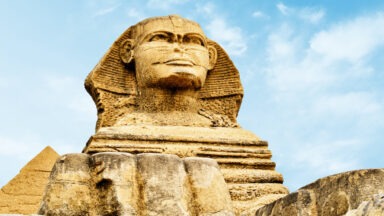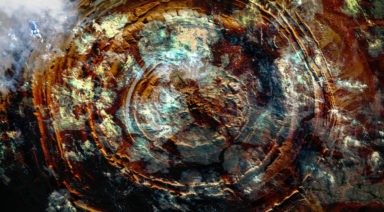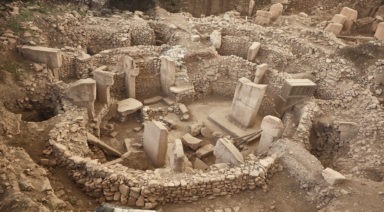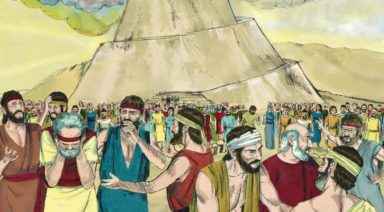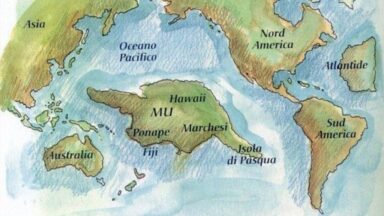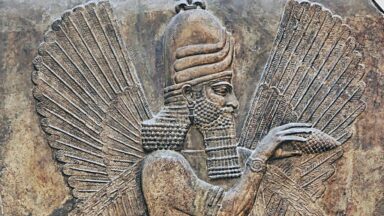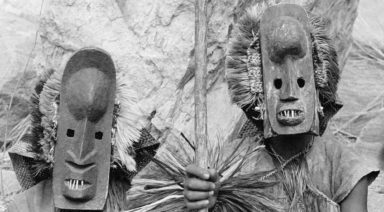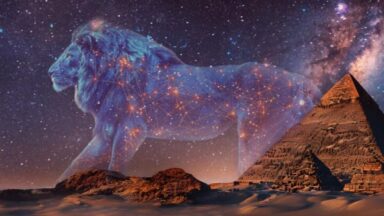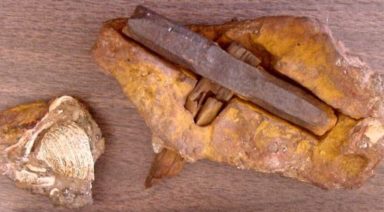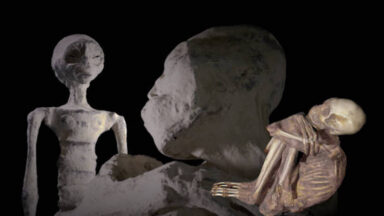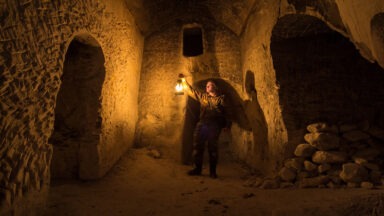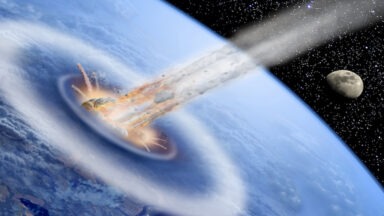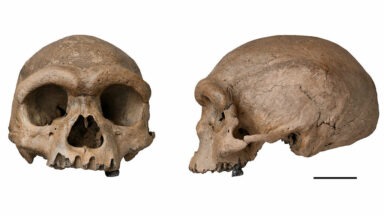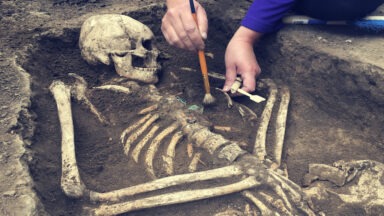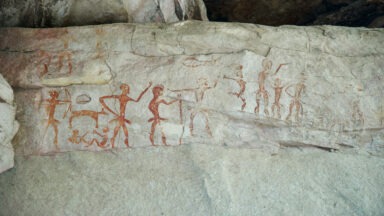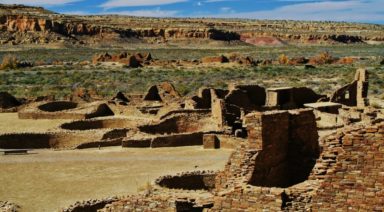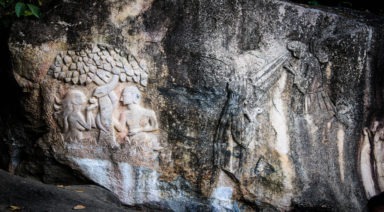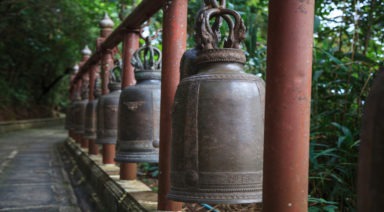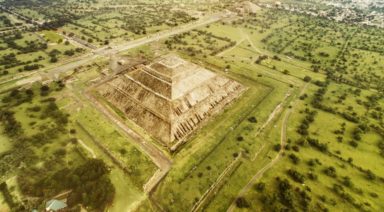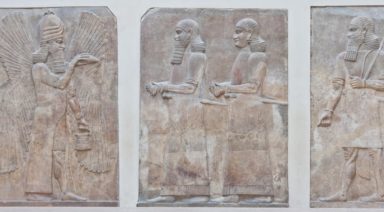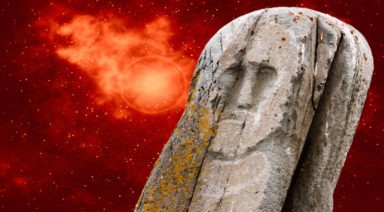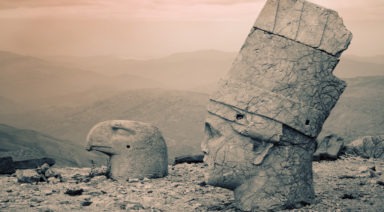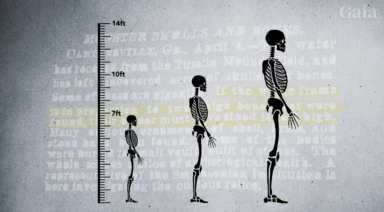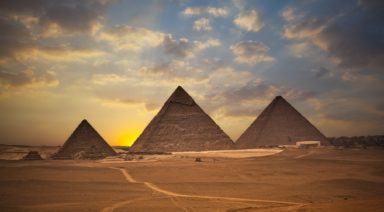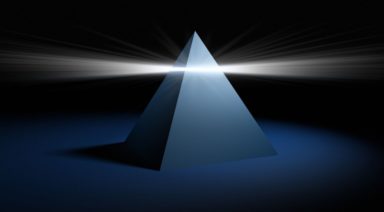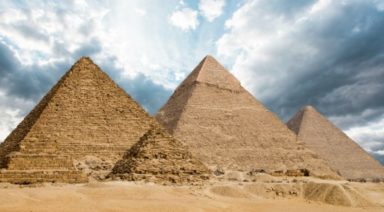Ancient Anatolia: Cradle of Civilization?
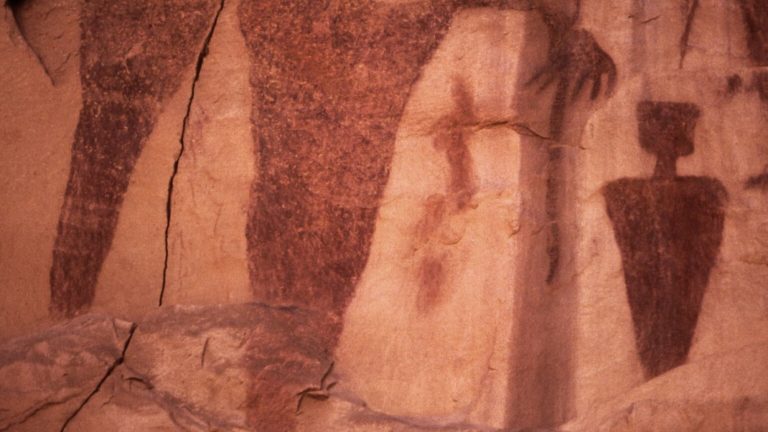
As humans, we’ve progressed from living in primitive dwellings to villages, then full-scale civilizations. This shift has been gradual but certainly significant.
How exactly did the concept of civilization come about? Unlike simple villages, civilizations are much more structurally and socially advanced. Let’s dive deeper into what makes up a civilization and where the first civilization originated.
What is a civilization?
A civilization is the most advanced stage of human development and societal organization. While experts debate the primary characteristics of a civilization, the main attributes include:
- Cities or “urban settlements”
- Social classes
- Agriculture and animal husbandry
- Government
- Trade and production
- Public buildings
- Metallurgy
- Written language
- Technology/scientific development
- Monumental architecture
It’s important to keep in mind not all of these attributes are necessary for a society to be characterized as a civilization. For example, the Incas did not have a written language, yet they were a highly advanced civilization. Therefore, it may be better to think of these attributes as guidelines for measuring the advancement of a civilization.
Where did civilizations come from?
The term “cradle of civilization” is synonymous for “birthplace of civilization.” In other words, it’s a place where civilization began.
Some experts believe there was no one single “cradle,” but rather several civilizations developed independently. Several origins of civilization include Caral, Peru; Egypt; and China.
However, there is one particular region that’s widely accepted as the original — and perhaps the sole — cradle of civilization: Anatolia, which is located in modern day Turkey.
Anatolia: Cradle of Civilization?
Although it is difficult to pinpoint a singular cradle of civilization, there is some evidence to suggest that Anatolia may have been the birthplace of civilization as we know it today.
First and foremost, scientific findings suggest Anatolia played a huge role in agricultural development and may have acted as a “hub” for spreading farming techniques westward into Europe.
Secondly, scientists have traced the origins of ancient grains — specifically, einkorn wheat — to Anatolia. This is particularly significant because of the “technical complexity and the culinary manipulation” that are necessary to turn these grains into staples. Therefore, the ability to produce cereals signifies a highly advanced society.
Anatolia’s proximity to Europe likely helped facilitate the spread of agriculture to westerners, but how did the people of Anatolia become so advanced in the first place?
The Advancements of Anatolia
Anatolia was a hub for advanced civilizations including the Hittites, the Assyrians, and the Greeks, but before the rise of these civilizations, there was Gobekli Tepe.
Gobekli Tepe is an ancient site that has been called “The World’s First Temple.” It features technology and architecture that were highly advanced for the times, considering it was built some 11,000 years ago.
Research suggests outsiders may have influenced and inspired the construction of Gobekli Tepe through what is known as a “transfer of technology.” Ancient civilization researcher Graham Hancock has explored this idea in-depth, arguing a third party taught advanced skills to the native humans of the area.
Some believe the Annunaki bestowed their knowledge upon the Anatolia region. This group of deities is frequently referenced in ancient texts, in which they are praised for their sophisticated scientific and mathematical abilities.
Did the concepts of farming and agriculture also come from the Annunaki? If this is indeed the case, it means we can credit these mystical beings for skills and techniques we still rely on today. Moreover, it means that the Annunaki played an enormous role in the foundation of civilization itself.
There is certainly plenty of information to absorb with regard to how civilizations came to be. Based on what we know about Anatolia and the Annunaki, we can assume both may have played a big role in the foundation and evolution of civilization. As with any complex topic, we encourage you to continue to explore this subject on your own.
Want more like this article?
Don’t miss Ancient Civilizations on Gaia to journey through humanity’s suppressed origins and examine the secret code left behind by our ancestors.
Decoding the Actual Age of the Great Sphinx
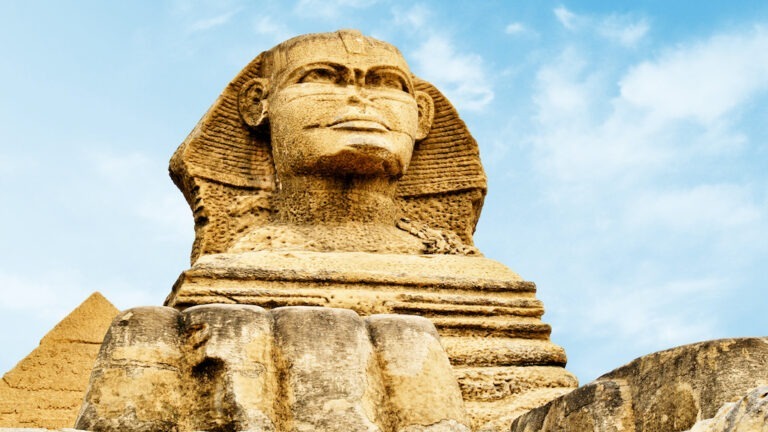
The Great Sphinx of Giza is widely believed to be around 4,500 years old, constructed during the reign of Pharaoh Khafre around 2500 BCE. But some researchers argue it could be far older, even 10,000 to 12,000 years old, based on geological signs of water erosion and other conflicting evidence. This ongoing debate challenges the accepted history of Egypt and the origins of human civilization.
Posing as a sentinel on the Giza plateau is the weathered and colossal figure that stands 66 feet above the desert sand, the Great Sphinx, a limestone sculpture with the head of a lion and the body of a human. While we now know much about the history and mythology of the ancient Egyptians, the mystery of the Sphinx has yet to be truly unraveled.
An ongoing battle between mainstream Egyptologists and a more recent wave of independent thinkers debates the age of the Sphinx by thousands of years. The latter insists the imposing limestone statue is much older than mainstream archaeologists, and Egyptologists claim it to be.
Mainstream archaeologists determined the Sphinx to have been built between 2558 and 2532 BCE. But in 1992, John Anthony West rocked the scientific community with his claim that the Sphinx was actually carved 10,000 years earlier before Egypt was a desert. West and others argued that academia had overlooked an important detail—the body of the sculpture bore distinct markings of water erosion.
After his assessment of the Sphinx’s age, West found fellow scientists who shared his observation about uncovering an entirely different history than was commonly accepted. West’s search led him to Robert Schoch, a geology professor at Boston University, willing to pursue an open-minded, out-of-the-box investigation into the origins not only of the Sphinx but the entire region, as well as its implications for the origin of the human species.
In Gaia’s original series, Ancient Civilizations, Schoch explains his first encounter with the figure in 1990, at which time he immediately noticed there was a disconnect between the statue’s academically accepted date of origin and the truth staring him in the face. Upon careful inspection, Schoch realized the Sphinx survived intensely wet weather conditions that stand in stark contrast to the now hyper-arid conditions of the Sahara Desert.
Schoch concluded that academia had determined the Sphinx’s age by overlooking signs of erosion due to heavy rainfall. The deluge that eroded the Sphinx was uncommon to the Egyptian plateau 5,000 years ago, but very common 10,000 to 12,000 years ago. For Schoch, this was an exciting find, but for mainstream science, it was met with derision and denial.


